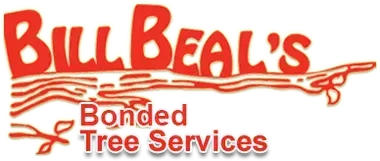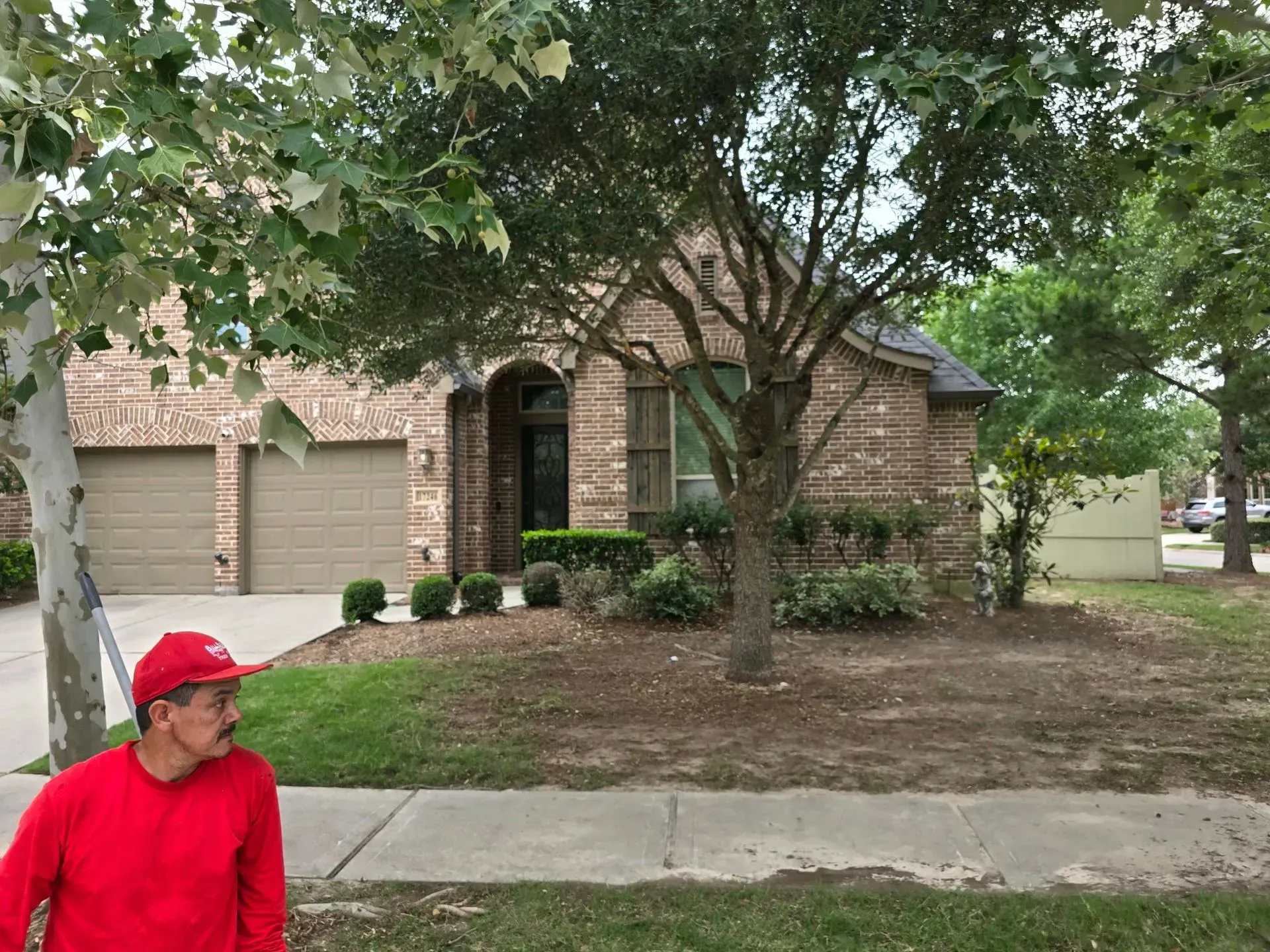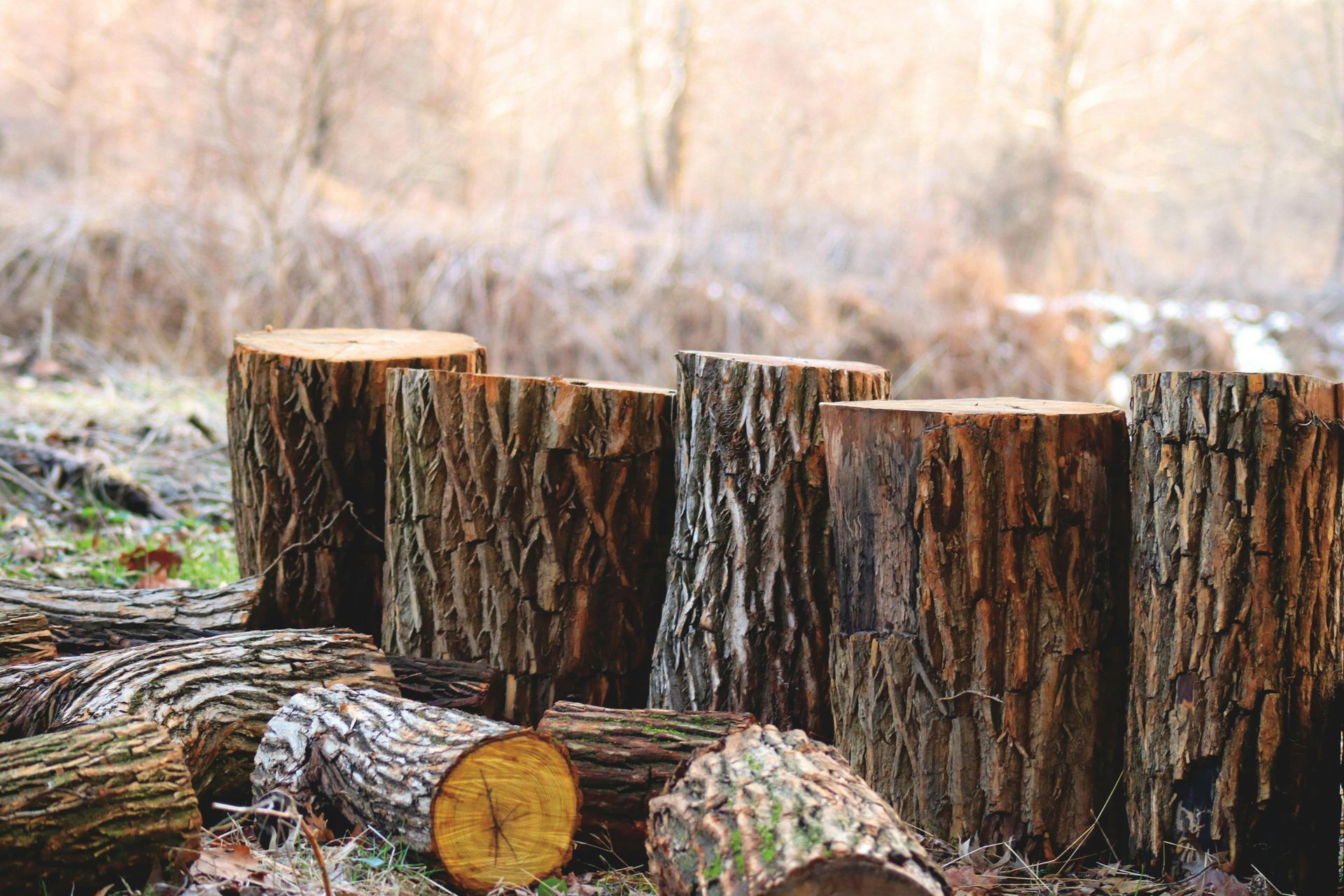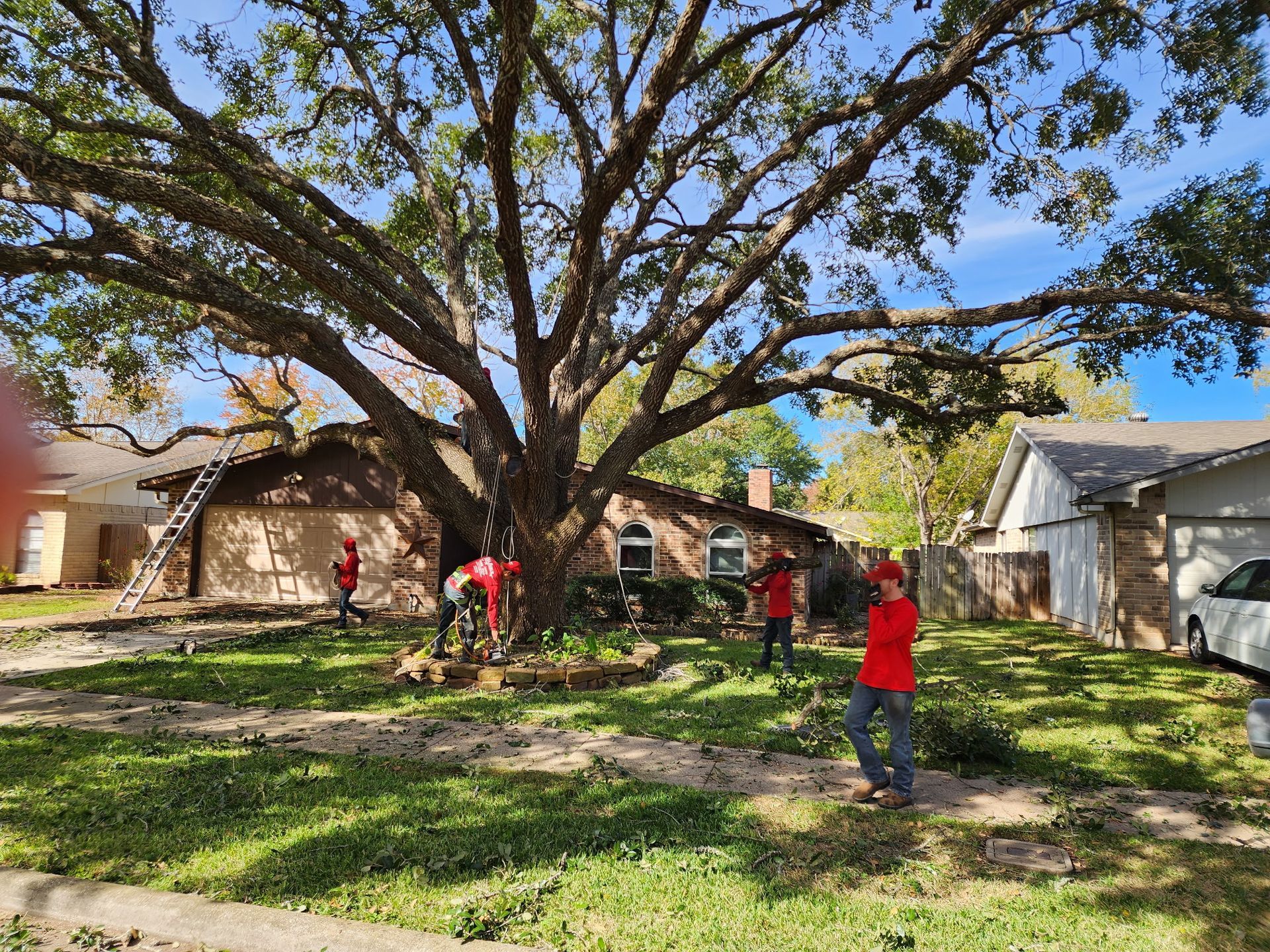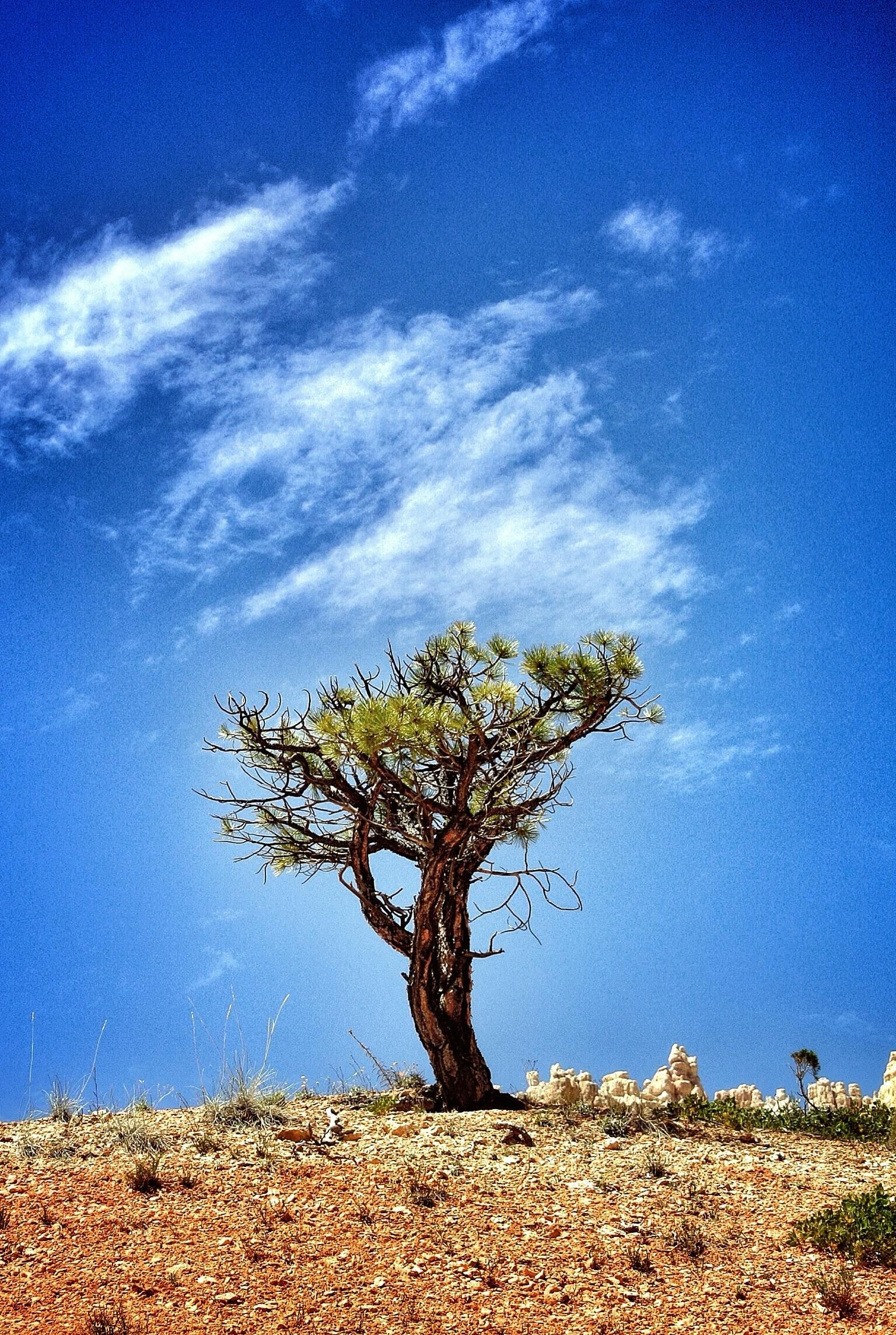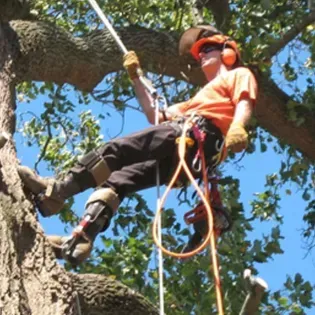4 Trees You Should Never Ignore After a North Houston Storm
Living in the Spring, TX area means one thing for tree owners: storms happen. Whether it’s high winds, sudden downpours, or occasional hail, your trees take a hit — and some of them become unseen hazards after the fact. At Bill Beal’s Bonded Tree Service, we’ve helped dozens of homeowners in the area recover from storm damage, and we’ve identified four types of trees you should never ignore after weather events. Ignoring them could cost you your yard, your roof—or worse.
1. Leaning Trees Near Structures
After a storm, always check for trees that tilt or shift. If a tree or major branch is leaning toward your home, garage, driveway, or power lines, it’s an immediate risk.
Why it matters: A tree that leans post-storm often has compromised roots, broken root structure, or cracked trunk. Without action, it can fail suddenly.
What to watch for: Ground splitting, root lifting, new visible lean, or cracks emerging near the base.
Our recommendation: Schedule a professional inspection the same week a major storm passes. Fast removal can prevent thousands in property damage.
2. Trees with Hidden Trunk or Limb Cracks
Tall trees in our service area like oaks, elms, and pines often endure high winds. After the fact, cracks and splits may not be obvious at eye level but can weaken the tree dramatically.
Why it matters: Internal structural damage is harder to detect and easier to ignore. Over time it weakens the tree’s ability to withstand even minor storms.
What to watch for: Vertical splits opening, branches that separate from the trunk, large scars or bark removed.
Our recommendation: If you spot something like this, call us. Our crews handle safe removal or secure pruning with the right equipment and safeguards
3. Trees with Soggy or Shifting Root Zones
Spring’s heavy rains can saturate soil, especially in low-lying yards or near drainage ditches. When roots are in soggy or washed-out soil, trees become unstable.
Why it matters: Even a healthy canopy won’t save a tree if the roots are compromised. The next big event could topple it.
What to watch for: Soil collapse around the base, standing water for days, exposed roots after rain, or sudden lean post-rain.
Our recommendation: Have a professional assess root zone integrity and drainage. If necessary, we’ll remove the tree or perform root protection/repair.
4. Trees With Canopy Damage You Can’t See
A tree may look fine from the street—but storm damage often hides inside. Broken limbs, bark loss, or brand new deadwood in the canopy weaken the tree’s integrity.
Why it matters: Hidden damage means you can’t trust the tree’s resilience. What stands today may fall tomorrow.
What to watch for: Branches that snapped off higher than you can see, sudden leaf-loss in one quarter of the canopy, fresh bark wounds.
Our recommendation: Give our team a call for a climbing inspection or canopy assessment. We’ll identify damage and create a remediation plan before it becomes an emergency.
Why Choose Bill Beal’s Bonded Tree Service
- Over 40 years of experience serving Spring, TX, and the surrounding 40-mile radius. billbeals.com+1
- Family-owned, licensed, bonded, and insured for peace of mind. billbeals.com+1
- Available for 24/7
emergency tree removal after storms. billbeals.com+1
- Comprehensive services: tree removal, trimming, palm care, stump grinding—all in one trusted provider. billbeals.com+1
- 📞
Call Bill Beal’s Bonded Tree Service today at
(281) 367-4223 for a free estimate or storm damage inspection. Don’t wait until the next gust of wind—protect your property now.
